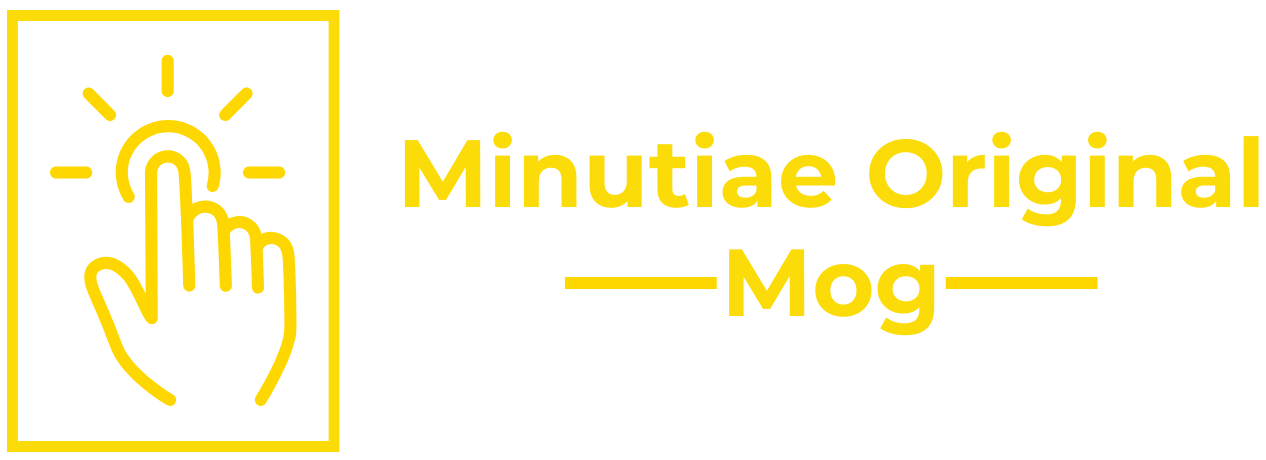Look around. We are surrounded by dreamers and innovators with breathtaking ideas. Technology has shown us that virtually anything is possible. Yet, walk through any office, and you’ll see whiteboards filled with brilliant concepts that will never see the light of day. Why does this happen?
The common diagnosis is a “leadership problem.” We assume we just don’t have enough of those rare, charismatic individuals who can magically will things into existence. But I believe we’re diagnosing the wrong disease.
In my book, The Leader Factory, I argue that we don’t have a shortage of vision. We have a crippling shortage of facilitators—the people who can turn a grand vision into a tangible reality by orchestrating collaboration, clearing roadblocks, and turning “my” goal into “our” mission.
This is the “Leadership Deficit”: the ever-widening gap between a goal and the coordinated human effort required to achieve it. The traditional corporate response is to go on a talent hunt, searching for these mythical, ready-made facilitators. But this is like searching for a needle in a haystack—exhausting, inefficient, and ultimately unsustainable.
The Leader Factory model flips this script entirely. Instead of hunting for finished leaders, we must become architects of environments that systematically build them. It’s not about finding a select few superhumans. It’s about establishing a culture—a “factory” in the most organic sense—where the habits of leadership can naturally emerge in everyone, from the intern to the CEO.
This isn’t a call to lower standards; it’s a call to raise our ambition. Stop waiting for a hero to save you. Start building a system, a set of processes, and a cultural posture that makes heroes of everyone on your team.

